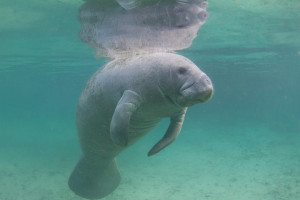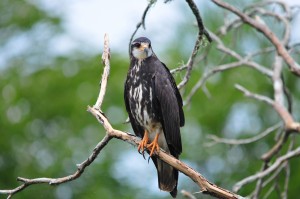 The Everglades is an amazing and pristine ecosystem that is a unique biome that is home to a huge wealth of different flora and fauna. For nature lovers, outdoor enthusiasts, and adventure seekers alike, the Everglades is a one-of-a-kind place that is unmatched. A lot of people, when planning a vacation to the Everglades, choose to experience Everglades National Park, which is a protected area of the Everglades where plants, animals, birds, and fish are protected and conserved.
The Everglades is an amazing and pristine ecosystem that is a unique biome that is home to a huge wealth of different flora and fauna. For nature lovers, outdoor enthusiasts, and adventure seekers alike, the Everglades is a one-of-a-kind place that is unmatched. A lot of people, when planning a vacation to the Everglades, choose to experience Everglades National Park, which is a protected area of the Everglades where plants, animals, birds, and fish are protected and conserved.
One of the most interesting and humbling aspects of visiting the Park is that it (and the Everglades in general) are home to a number of threatened and endangered species of plant and animal. This means that in this environment, you have the opportunity to see truly endangered species that are at risk of extinction. These are species that need to be protected and saved because of their biological diversity and importance to the functioning of the overall ecosystem.
What a rare honor to have the chance to see creatures that may number in just the tens. Sadly, with each passing year, it seems that more plants and animals become threatened, endangered, or extinct, but with preservation efforts like those are many national parks, we can at least hope to save and protect small areas that these creatures can safely dwell within.
There are a number of different threatened and endangered species that you might encounter on a trip to the Everglades. What follows is a brief rundown of the same species that are included on the protected list.
Threatened or endangered species of animal that call the Everglades home include:
- American Alligator
- American Crocodile
- Sea Turtles
- Manatees
- Florida Panther
- Various Bird Species
The park is also home to a variety of threatened and endangered plants that include:
- Buccaneer Palm
- Florida Thatch Palm
- Tree Cactus
- Manchineel
- King’s Holly
- Silver Thatch Palm
- Bitter Thatch Palm
- Lignum-Vitae
The protection of these plants and animals is vital and also our responsibility. Man is the reason that these habitats have been continually encroached upon and altered beyond repair. Since the degradation is our doing, we have the moral responsibility to save and protect that which remains. The Everglades National Park is home to a number of threatened and endangered plants and animals that can be seen nowhere else. Visiting the park gives you the opportunity to experience the once-in-a-lifetime honor of witnessing something rare and majestic.
To experience the wonders of this park first hand, jump on an airboat tour with Captain Mitch. To learn more, click the Captain Mitch’s Airboat Tours page. Click here to book a airboat ride or call 800-368-0065 to reserve a spot today.
 The Snail Kite (formerly known as the Everglades Snail Kite) was listed as endangered in 1967. Fast forward 49 years, this bird is still on the federal endangered species list and state regulators are being accused of not protecting the species properly. In 2000, there were 3,400 kites around and by 2008 there were only 700.
The Snail Kite (formerly known as the Everglades Snail Kite) was listed as endangered in 1967. Fast forward 49 years, this bird is still on the federal endangered species list and state regulators are being accused of not protecting the species properly. In 2000, there were 3,400 kites around and by 2008 there were only 700.






